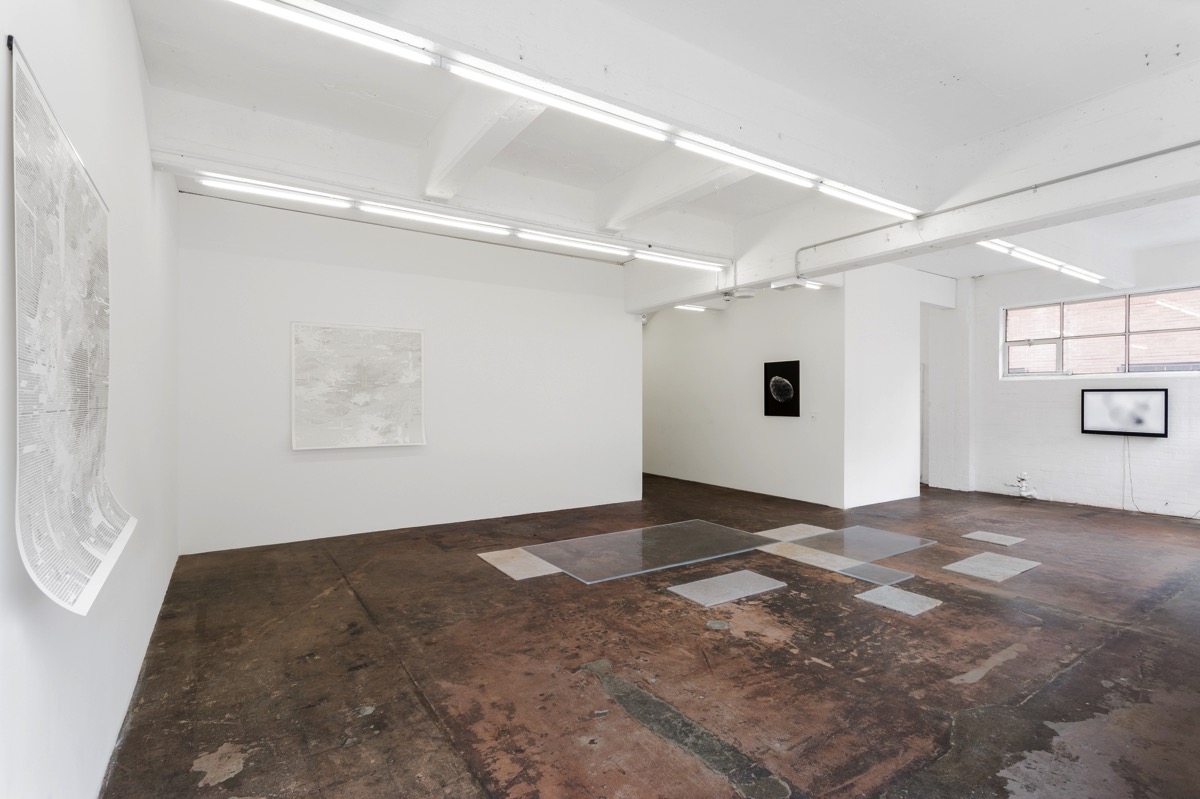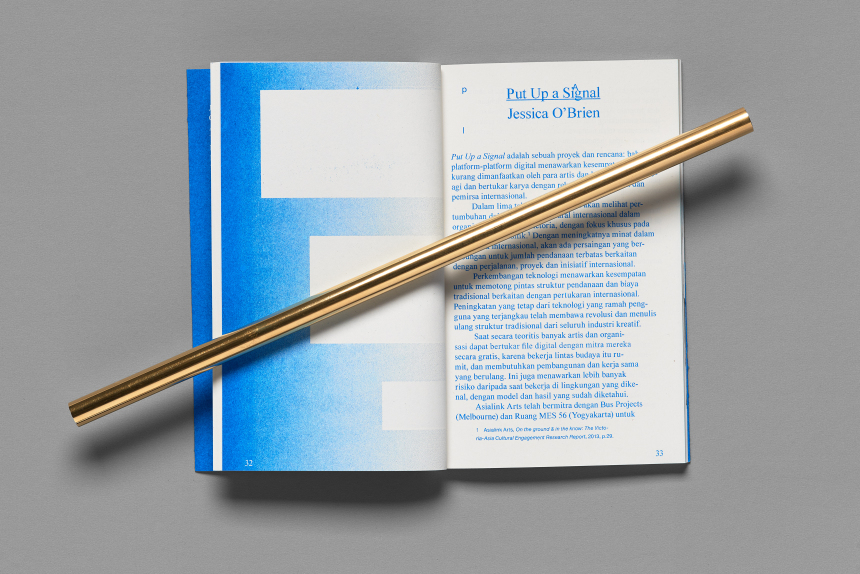Publishes,
Lessons from Dancing,
(Download PDF)Lessons from Dancing hosts a conversation between six performance practitioners
who each use movement as their artistic medium. Filled with embodied expressions of subjectivity, the exhibition presents video, installation and performative works that each explore the materiality of dance, as well as the immateriality of visual art objects. Considering the possibilities and limitations of space, duration, labour and spectatorship Lessons from Dancing is an open research space for choreography as artistic expression.
In December 2014, the Congress on Research in Dance published a special issue of Dance Research Journal entitled ‘Dance in the Museum’ as a response to the apparent recent influx of choreographed performances being presented within major international art museums. The issue included dialogues between art historians, performance theorists and dance scholars who considered the reasons for, and the resulting effects of, the shifting relationship between dance and the art museum from their alternating scholarly perspectives. The issue also acknowledged that despite the increased amount of dancing occurring in museum and gallery settings, dance and the visual arts have
had a long and complex interrelationship. This history was elaborated upon in Claire Bishop’s article within the journal, entitled ‘The Perils and Possibilities of Dance in the Museum’, where she accounted for the historical events that delineate the visual arts fascination with dance, beginning in the 1930s and its important role in the emergence of post-disciplinary practices that developed in New York in the 1960s.
Lessons from Dancing is not a curatorial attempt to recount this relationship, nor to provide concrete answers to how best to programme dance in gallery settings, but more about providing the space for practitioners who already respond and provide answers to these conditions. Not relegating performance to public programs and allowing immaterial artworks a generative and durational space to transpire, Lessons from Dancing exists to give each practitioner a situation to occupy, a place to carry out action, a moment to engage in movement or a space to fulfil a live response.
Both convening and demarcating the exhibition space, Eugene Choi’s A Brace for Support uses scale and tension as a means to direct movement through the gallery. Including both installation and performance, the work uses monumental structures and embodied movement to toy with notions of support and stability. A “self-made system of geometry”, each of the configurations are constructed out of steel poles and cast steel clamps and are positioned in a way to direct bodies through the exhibition space. Activated through a one-off performance, Eugene and fellow dancer Ellen Davies performance will be negotiated in relation to these structures as their bodies seek comfort in the objects’ solidarity. Not only prescribing their own movements, the structures will undoubtedly involve themselves into the other “dancing” occurring within the exhibition, as well as influencing how the audience orientate themselves within the space.
Shelley Lasica has been creating works that occupy the conflation between dance and the visual arts for more than 30 years—first performing in a gallery space more than 30 years ago. Her recent ongoing performance project, The Design Plot (2016- ), has afforded her the opportunity to delve deeper into her choreographic research into intermedial practices. Performed at nine different locations across three years, this suite of work considers the various ways that spaces are inhabited. More than a singular performance restaged again and again, The Design Plot has been created in collaboration with dancers Ellen Davies, Timothy Harvey, Louella Hogan, Daniel Newell, Lilian Steiner, and Jo White, and each time it is staged the work generates new knowledge. Performed during lunch service at a busy café, within a gallery space and amongst an outdoor pavilion, each iterations responds to its situation and explores the agency of performer, as well as the possibilities for the audience, which are specific to each circumstance. Included in the exhibition, The Design Plot (2017) is a part of this suite of works and involves a further collaboration with cinematographer James Wright.
Performed at the Royal Melbourne Tennis Club and solely for camera, this iteration of the performance incorporates the design and politics of the space into the work.
Amrita Hepi’s Dance Rites considers how the body is the “ultimate archive” for embodied expression, the work considers how black and brown female bodies communicate and confirm their cultural authenticity. Blending traditional forms of dance with pedestrian representations of cultural, Dance Rites probes the viewer to consider what is learnt, what is imposed and what is permitted on these bodies. As a Bundjulung and Ngapuhi woman, Amrita uses movement as a means to express her own voice as a contemporary sovereign woman. Invoking the aura of the exoticised other of the traditional dancer performing dance rites, Amrita’s dance reimages history through her contemporary body. Her hypnotic movements are further represented and rooted in the present through the echoing of her steps in a mountain of pink sand on the gallery floor.
Predictable Dances is an ongoing performance project by Angela Goh that has been performed thirteen times in various situations and contexts, including as part of public programs, for parties and was included in an immaterial exhibition project by Galerie International. Its premise and elasticity mean the performance remains open to being situated in various contexts, including the gallery. What is Predictable Dances? Just exactly as it sounds—a dance that has been prophesised and then comes into fruition. Each time it is performed, Angela visits a psychic and then the work fulfils its own prophecy. “For the pure joy and love of dancing”, Angela continues to return to this specifications as a means to generate new and unknown movements. Occurring once, the inclusion of Predictable Dances in an exhibition context almost feels like an exercise of precognition. Trusting in the possibility of what may happen—a feeling for the future and a simultaneous exploration into the potentiality of the space—at this moment Predictable Dances #13 is still in the state of unknowing, or an undeniable future.
Tongue rolls between smile, a performance by Alice Heyward and Megan Payne, occupies the exhibition twice weekly through an hour-long performance. Similar to The Design Plot the work is malleable in form and explores new possibilities in situ. Confined and constrained by the physical gallery space, the work is performed by two women who move through phases of being “active, passive, supportive, connected and/or discrete.” Moving simultaneously, each body repositions itself in relation to the other. At once surrendering to and resisting each other, the work unfolds as an unconscious flow of positions and explores how two bodies can share space and occupy the work together. Resisting a narrative structure, the performance summons an intersubjective response for its audience, straddling multiple possible dichotomies including as spectacle vs routine, tender vs unyielding and graceful vs unrefined.


